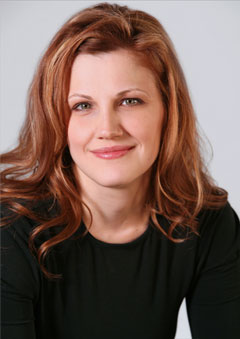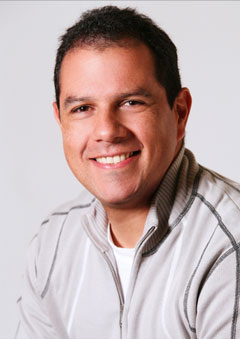
There are so many questions about orthodontics that we never ask, so
Drs. Jaime Rojas and Paula Baby took some time to explain the most common concerns.
At what age should orthodontic treatment occur?
Orthodontic treatment can be started at any age. Many orthodontic problems are easier to correct if detected at an early age before jaw growth has slowed. Early treatment may mean that a patient can avoid surgery and more serious complications. The American Association of Orthodontists recommends that every child first visit an orthodontist by age seven or earlier if a problem is detected by parents, the family dentist or the child's physician.
What is Phase I and Phase II treatment?
Phase I, or early interceptive treatment, is limited orthodontic treatment (i.e. expander, Herbst, Facemask, headgear, or partial braces) before all of the permanent teeth have erupted. Such treatment can occur between the ages of six and ten. This treatment is sometimes recommended to make more space for developing teeth, correction of crossbites, overbites, underbites, or harmful oral habits. Phase II treatment is also called comprehensive treatment, because it involves full braces when all of the permanent teeth have erupted, usually between the ages of eleven and thirteen.
Would an adult patient benefit from orthodontics?Absolutely!! Orthodontic treatment can be successful at any age. Everyone wants a beautiful and healthy smile. Between 30-40% of our patients are adults.
How does orthodontic treatment work?Braces use steady gentle pressure to gradually move teeth into their proper positions. The brackets that are placed on your teeth and the arch wire that connects them are the main components. When the arch wire is placed into the brackets, it tries to return to its original shape. As it does so, it applies pressure to move your teeth to their new, more ideal positions.
How long does orthodontic treatment take?Treatment times vary on a case-by-case basis, but the average time is from one to two years. Actual treatment time can be affected by rate of growth and severity of the correction necessary. Treatment length is also dependent upon patient compliance. Maintaining good oral hygiene and keeping regular appointments are important in keeping your treatment time on schedule.
Do braces hurt?
The placement of bands and brackets on your teeth does not hurt. Once your braces are placed and connected with the arch wires, you may feel some soreness of your teeth for one to four days. Your lips and cheeks may need one to two weeks to get used to the braces on your teeth.
Will braces interfere with playing sports?No. It is recommended, however, that patients protect their smiles by wearing a mouth guard when participating in any sporting activity. Mouth guards are inexpensive, comfortable, and come in a variety of colors and patterns.
Will braces interfere with playing musical instruments?No. However, there may be an initial period of adjustment. In addition, brace covers or wax can be provided to prevent discomfort.
Should I see my general dentist while I have braces?Yes, you should continue to see your general dentist every six months for cleaning and dental checkups, or more frequently as recommended.
Got more questions? Give us a call at our office! We'd love to hear from you.
 This week, we wanted to introduce you to Nancy Plumsteel, our appointment coordinator at our Goderich orthodontic office. She wanted to share the following with everyone, check it out!
This week, we wanted to introduce you to Nancy Plumsteel, our appointment coordinator at our Goderich orthodontic office. She wanted to share the following with everyone, check it out!







